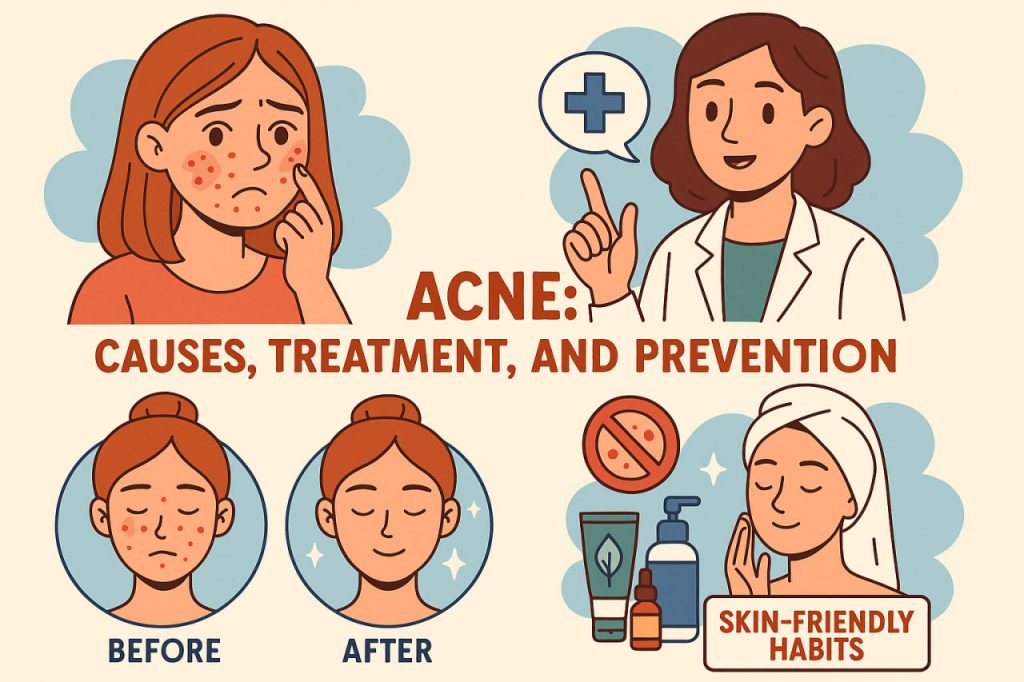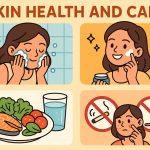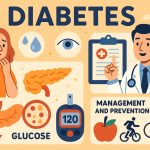Acne is one of the most widespread skin conditions, affecting people of all ages. While it’s most common during adolescence, many adults also experience it. Acne is not just a cosmetic issue—it can impact self-esteem and emotional well-being. Understanding its causes and when to seek help is essential for effective care.
What Is Acne and Why Does It Occur?
Acne is a chronic inflammatory condition of the skin involving the sebaceous (oil) glands and hair follicles. It typically appears on areas with more oil glands, such as the face, back, chest, and shoulders. Acne forms when hair follicles become clogged with oil and dead skin cells, allowing bacteria to grow and cause inflammation.
Hormonal fluctuations, especially during puberty, menstruation, or stress, often trigger increased oil production. Genetic factors, diet, and environmental influences can also play a role.
Types of Acne
There are several forms of acne, each requiring different care approaches:
- Blackheads and whiteheads (comedones) – Non-inflammatory blockages of pores.
- Papules and pustules – Red or pus-filled bumps caused by inflammation.
- Nodules and cysts – Deep, painful lesions that can lead to scarring.
- Hormonal acne – Often occurs around the jawline and chin, especially in adults.
Common Misconceptions
Several myths surround acne care:
- Poor hygiene is the cause – Not true. Excessive washing can irritate skin.
- Acne is caused by eating greasy food – No single food causes acne, though diet may influence skin condition.
- Sun exposure clears acne – UV damage can temporarily dry pimples but often worsens inflammation and pigmentation long-term.
Treatment and When to Seek Help
Acne varies in severity and may require different approaches based on the individual. While mild breakouts can improve with gentle skincare and lifestyle changes, persistent or severe acne should be assessed by a dermatologist or healthcare provider.
A medical professional can:
- Identify the type of acne
- Check for underlying hormonal issues
- Recommend appropriate topical or oral treatment
- Advise on procedures to reduce inflammation or scarring
It’s important not to self-medicate with strong over-the-counter products, as they may not suit your skin type and could worsen irritation.
Skin-Friendly Habits
- Wash your face gently twice a day with lukewarm water.
- Avoid scrubbing or using harsh products.
- Choose makeup and skincare labeled as non-comedogenic.
- Don’t pick or squeeze pimples to reduce the risk of scarring.
- Manage stress, eat a balanced diet, and get enough sleep.
Acne Scars and Long-Term Care
In some cases, acne can leave dark spots or scars, especially if it’s severe or handled improperly. Dermatologists offer various professional procedures to help improve skin texture and tone over time. Early consultation is the best way to minimize long-term skin damage.
Glossary
- Sebum – Natural oil produced by the skin’s sebaceous glands.
- Comedones – Clogged pores that may appear as blackheads or whiteheads.
- Nodule – A deep, solid acne lesion under the skin’s surface.
- Non-comedogenic – A product that won’t clog pores.
- Hyperpigmentation – Darkened areas on the skin left after inflammation.


